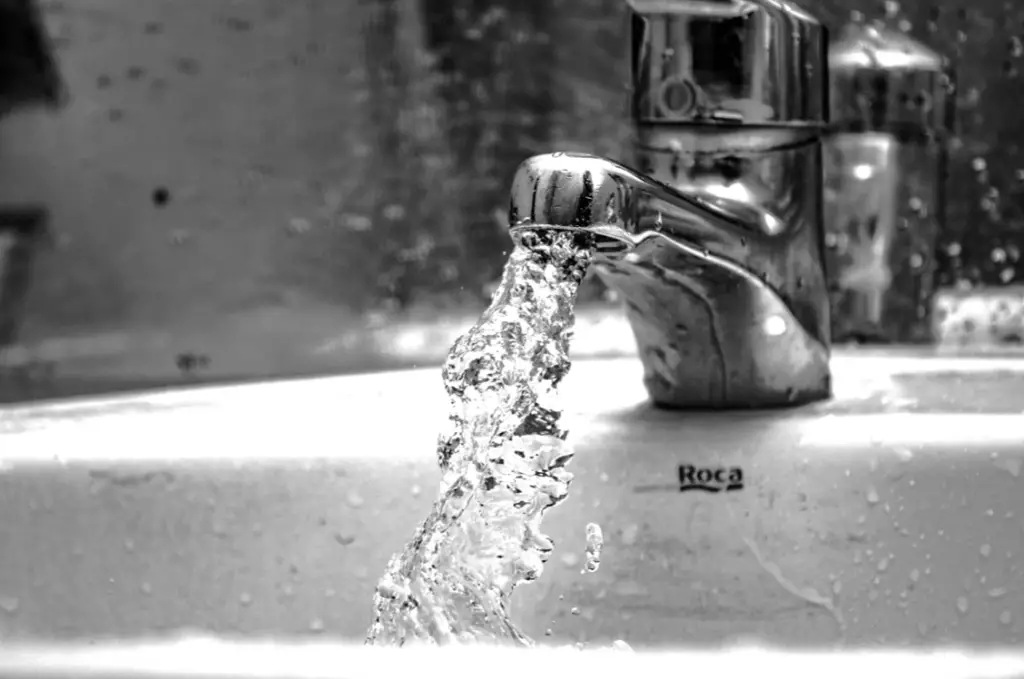Arsenic in drinking water? Is that even a thing? Well, surprisingly, yes it can be. In fact, it’s pretty alarming to see the rate of arsenic exposure from drinking water once you look at the details. As far as we can tell right now, millions of people around the globe are exposed to arsenic levels that now look too high. And while it’s important not to get obsessed about the newest thing out there that will make you sick or dead, it’s also a mistake to figure “it’s all okay – there are trustworthy professionals who have my back and ensure that the water coming out of my tap is pure and safe.” Well, maybe not so much and certainly not always. Arsenic contamination of water is one of those things that perhaps wasn’t taken as seriously as it should have been in the past. In fact, some of the people that have your back in terms of water safety are actually thinking they need to lower the maximum safe limits for arsenic in water. All this is why it makes sense for you to understand the arsenic issue so you can protect yourself if it proves necessary.

Arsenic finds its way into private water wells from natural, underground deposits, and it’s also present in some cases from municipal water supplies, too. And as you’d guess, drinking arsenic-tainted water over a long period will lead to many complicated health issues.
Every home water supply is potentially prone to contamination from arsenic. To be safe, you’ll need to employ the appropriate water treatment methods to secure your home’s water supply and free it from arsenic. In this post, you’ll find out how to detect arsenic in water and ways to remove it from your home’s water.
What is Arsenic &How Does it Get into Water?
Arsenic is a chemical element found naturally in the soil and earth’s crust. It exists as pure crystals in mineral deposits deep within the earth.
Arsenic is considered a “valuable” mineral because of its agricultural and industrial uses. For example, arsenic is used to produce fertilizers and pesticides. It’s also used to make weapons and ammunition. Since arsenic is a component of the soil, it easily dissolves into groundwater and contaminates wells that supply residential areas. Some areas have arsenic, others don’t. Besides naturally-occurring arsenic from the earth, your home’s water supply can also get polluted with arsenic from exposure to arsenite-containing substances. For example, some fertilizers expose the soil around residential areas to arsenic when irrigation water from farms runs over the ground and soaks in downwards.
What are the Health Risks of Arsenic in Water?
Arsenic is a dangerous and carcinogenic chemical. That’s why health agencies enforce maximum allowable limits for arsenic of about 10 micrograms per litre, though there is a move to lower this upper limit. High amounts of arsenic in your body can damage your skin, lungs, bladder, kidney, liver and brain. Here are ways arsenic affects human health:
- It impairs brain development and behavioral development.
- It can lead to diabetes.
- It can lead to severe skin lesions.
- It can poison the lungs, liver, kidney and other important vitals.
- It weakens your body’s immune system.
The effects of arsenic only show up when you’ve been consuming a lot of arsenic over time. You won’t notice any of the signs above from consuming small quantities of arsenic, though damage can still accumulate.
How to Check for Arsenic in Water
Like most chemical water contaminants, arsenic can be hard to notice. It doesn’t change the taste, color or smell of drinking water. That’s why it’s impossible to tell if your home’s water supply has arsenic in it unless you test it. You’ll need to take a sample of your tap water to a certified testing laboratory to get an accurate measurement of how much (if any) arsenic is in your water. Regular municipal water testing programs almost never check for arsenic, so you’ll probably have to go to a private lab.
If you prefer to test your water at home, then you’ll need an arsenic testing kit. There are a variety of water testing kits available on sale. It’s best to get a testing kit that specifies exactly how much arsenic you have in your water.
How to Remove Arsenic from Water
Removing arsenic from water is more complicated than removing other contaminants. If you find arsenic in your home’s water supply, you will need more than a simple carbon water filter to remove it.
These four water treatment methods can lower the level of arsenic in your water:
- Distillation: Steam from boiling water is collected and cooled into a separate container to remove arsenic. This is my favourite and what we use at our house.
- Absorption: Arsenic is extracted using absorbable substances like activated alumina and iron oxide.
- Chemical reactions: This treatment method uses chemicals to remove arsenic from water as large lumps of solid.
- Filtration: This method uses a semi-permeable membrane to remove arsenic from water by trapping it within the pores of the membrane.

Many types of equipment use these four treatment methods to reduce arsenic in water. Here’s a list of equipment that can remove arsenic from water:
1. Water Distillers Remove Arsenic Well
A home water distiller can produce water free from salt, metals, and other contaminants, including arsenic. Learn a lot more about distillers right here.
How does it work?: Water distillers boil the contaminated water in one of its chambers then collect the purified steam. This steam is then cooled, which causes it to condense back into liquid water. A water distiller is perfect for removing arsenic because, like most metals and salts, arsenic does not evaporate with the water. Instead, it is left behind in the boiling chamber of the water distiller. I’ve discovered worthwhile health benefits from drinking distilled water. Check out the benefits here.
How much water can a distiller produce?: Water distillers produce excellent water of extreme purity, but in small quantities – about 1 to 8 gallons per day. That’s why they can’t handle all the water used in an entire house. Automatic distillers do the best job of providing for a large family because they fill and refill themselves automatically.
2. Arsenic Water Filter
Arsenic water filters are designed to remove arsenic from water thoroughly. Because of their efficient purification process, arsenic water filters can also reduce many other contaminants like cysts, bacteria and viruses. An arsenic water filter will also remove chemical pollutants like lead, mercury and chlorine from water.
How does it work?: Arsenic water filters employ absorption treatment. It uses an absorbing filtering media containing activated carbon or alumina to remove arsenic from the water stream by forcing arsenic to “stick” to the media as the water passes through the filter. Other technologies of arsenic water filters employ anion exchange for filtration. The water tanks have a resin bed that is filled with resin beads. These resin beads remove arsenic by trapping and exchanging it with non-toxic minerals. Arsenic water filters that use absorption filtering media remove much more contaminants in water than filters with resin beds.
3. Reverse Osmosis Filtering Systems
Reverse osmosis (RO) is essentially an extremely fine filter that operates on a molecular level. It’s widely used and suitable for removing 99% of arsenic in water.
How does it work?: RO water filters remove dissolved arsenic by using pressure to force water through a semi-permeable membrane. How much water can an RO water filter produce ?RO water filters vary in size. The bigger the filter surface area, the more filtered water it can produce. Homeowners should buy the size that fits their household. Like distillers, RO systems can only produce enough water for drinking, not for other household uses.



